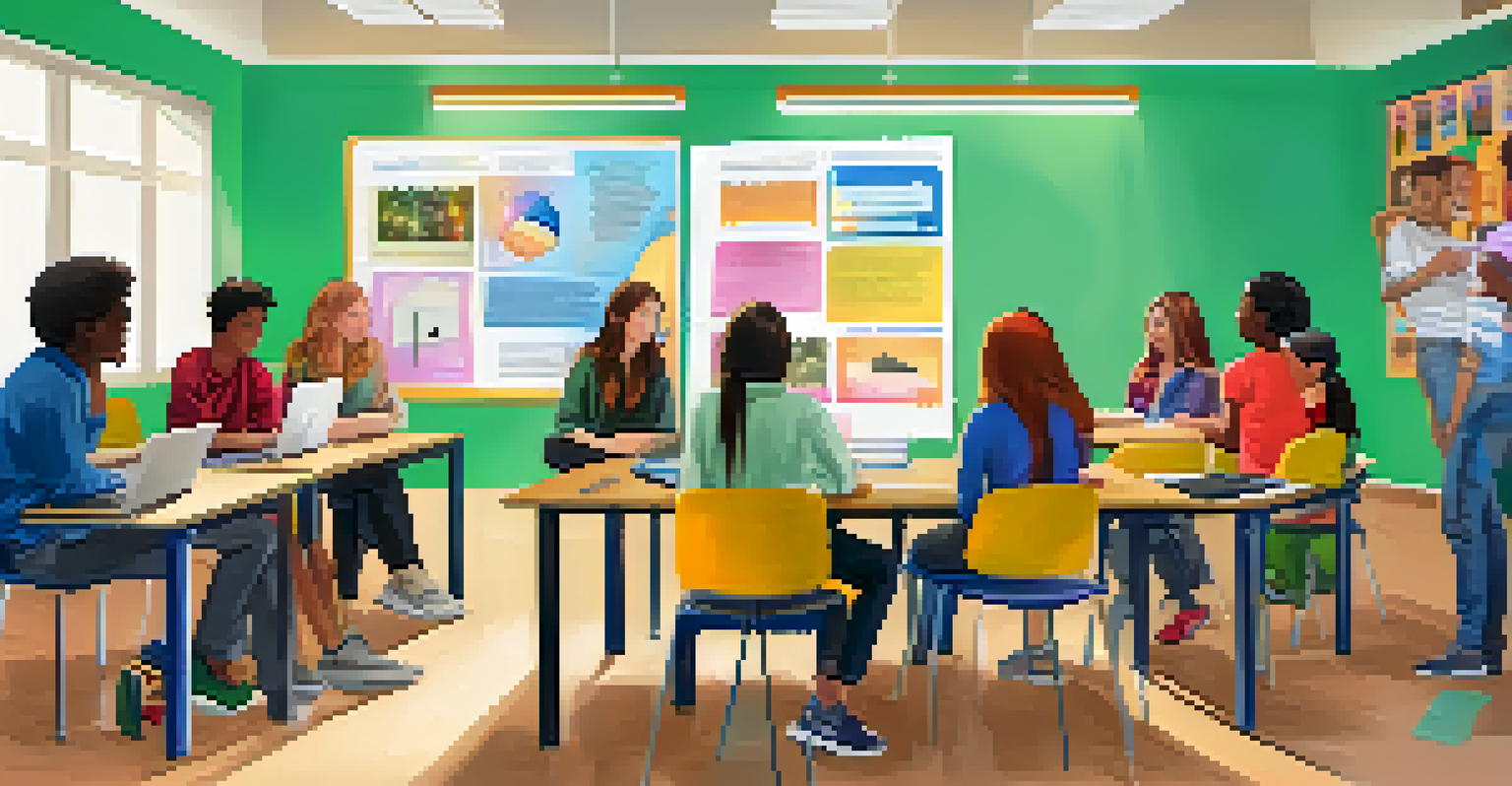The Importance of Reflection in Transmedia Learning

What is Transmedia Learning?
Transmedia learning refers to the approach of using multiple media platforms to enhance the educational experience. Imagine diving into a story that unfolds across books, videos, podcasts, and even interactive games. Each medium offers a unique perspective, providing a richer understanding of the content. This multifaceted approach engages learners on different levels, catering to various learning styles.
We do not learn from experience... we learn from reflecting on experience.
In this digital age, transmedia learning is becoming increasingly relevant. It allows learners to explore topics deeply and from multiple angles, making the learning process more engaging and effective. For instance, a student studying history might read a book, watch a documentary, and play a related video game, each offering different insights into the same subject matter.
The beauty of transmedia learning lies in its ability to connect various narratives and experiences. By engaging with content across formats, learners can form a more holistic understanding of concepts, making the learning process not just informative but also enjoyable.
The Significance of Reflection
Reflection is the process of thinking critically about what you’ve learned. It encourages learners to pause and consider their experiences, allowing for deeper understanding and retention. Just like looking in a mirror helps you see yourself, reflection helps you understand your learning journey and how different pieces of information fit together.

When learners take the time to reflect, they can identify gaps in their knowledge or misconceptions that need addressing. This self-awareness is crucial for growth, as it empowers learners to take charge of their educational experiences. For example, after exploring a topic through various media, a student might reflect on which medium resonated most with them and why.
Transmedia Learning Engages Learners
Using multiple media platforms enriches the educational experience by catering to different learning styles.
Moreover, reflection fosters connections between disparate pieces of information. By synthesizing knowledge across different platforms, learners can see the bigger picture and how everything interrelates. This not only enhances understanding but also encourages critical thinking skills.
How Reflection Enhances Transmedia Learning
In the context of transmedia learning, reflection acts as a bridge connecting diverse experiences. It allows learners to analyze and integrate information from various sources, leading to a more comprehensive grasp of the subject matter. For instance, after watching a video and reading a related article, a learner can reflect on the similarities and differences between the two narratives.
Reflection is the lamp of the mind; it shines light on the learning path.
This reflective practice is vital as it helps learners make sense of the information overload that often accompanies transmedia experiences. Instead of passively consuming content, learners become active participants, engaging with the material on a deeper level. They start asking questions, drawing connections, and forming opinions based on their reflections.
Ultimately, reflection not only enhances comprehension but also promotes retention. When learners consciously think about what they've engaged with, they're more likely to remember and apply that knowledge in the future.
Methods for Encouraging Reflection
There are several effective methods to encourage reflection in transmedia learning. One simple approach is journaling, where learners can jot down their thoughts and feelings about what they’ve experienced. This practice can help crystallize ideas and make connections that might otherwise go unnoticed.
Another effective method is group discussions. Engaging with peers allows learners to share their reflections and gain new perspectives. For instance, after completing a transmedia project, a group of students might discuss their favorite elements and how those elements contributed to their overall understanding of the topic.
Reflection Deepens Understanding
Critical reflection allows learners to synthesize knowledge and connect various insights, enhancing retention.
Additionally, prompts can be used to guide reflection. Questions like 'What surprised you the most?' or 'How did different media influence your understanding?' can help learners focus their thoughts. This structured approach can lead to more meaningful insights and discussions.
The Role of Educators in Reflection
Educators play a crucial role in fostering a culture of reflection among learners. By modeling reflective practices themselves, teachers can set an example for students. For instance, a teacher might share their reflections on a lesson, highlighting what worked well and what could be improved.
Moreover, educators can create structured opportunities for reflection within the learning process. By integrating reflective activities into the curriculum, such as guided discussions or reflective essays, teachers can encourage students to think critically about their experiences. This not only enhances learning but also helps students develop lifelong reflective habits.
Lastly, providing feedback on students' reflections is essential. Constructive feedback can guide learners in their reflective journeys, helping them deepen their understanding and refine their critical thinking skills.
Challenges of Reflection in Transmedia Learning
Despite its many benefits, reflection in transmedia learning can present challenges. One major hurdle is the sheer volume of information learners encounter. With multiple media sources, it can be overwhelming to process everything, making it difficult for students to reflect meaningfully.
Additionally, not all learners may recognize the importance of reflection. Some might view it as an unnecessary task rather than a valuable part of the learning process. This mindset can hinder their ability to engage with the material on a deeper level, ultimately affecting their learning outcomes.
Educators Foster Reflective Practices
Teachers can encourage reflection by modeling practices, creating structured opportunities, and providing feedback.
Finally, the time constraints often present in educational settings can limit opportunities for reflection. In a fast-paced environment, it’s easy to prioritize content delivery over reflective practices. However, finding a balance between the two is crucial for maximizing the benefits of transmedia learning.
Conclusion: Embracing Reflection for Deeper Learning
In conclusion, reflection is an essential component of transmedia learning that enhances comprehension and retention. By encouraging learners to engage with their experiences critically, reflection fosters a deeper understanding of content across various media platforms. It transforms passive learning into an active, dynamic process.
As both learners and educators embrace reflective practices, the potential for richer learning experiences increases. By taking the time to reflect, learners can draw connections, clarify their thoughts, and ultimately become more effective and engaged learners.

In a world where information is abundant, cultivating the habit of reflection can make all the difference. It empowers learners to navigate the complexities of transmedia learning with confidence and insight, paving the way for a more meaningful educational journey.